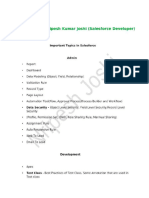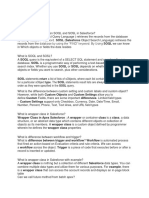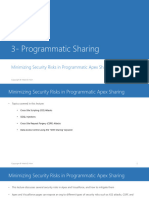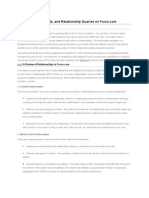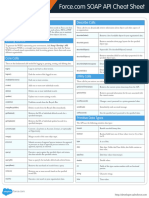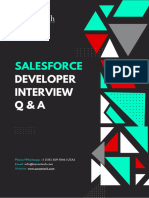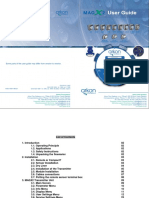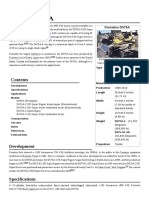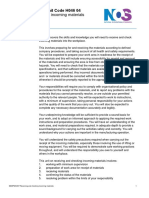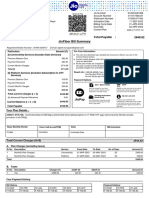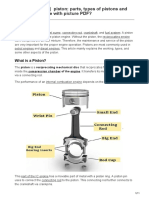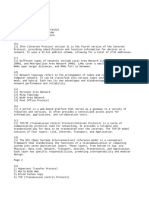0% found this document useful (0 votes)
92 views46 pagesSOQL A Quick Reference Book PDF
This document provides an overview of the Salesforce Object Query Language (SOQL). It discusses what SOQL is used for, basic SELECT statement syntax, and functions like COUNT(), comparison operators, the LIKE operator, and using WHERE/OR clauses. It also covers topics like looping in SOQL, joining custom objects, and preventing SOQL injection. The document is presented as an eBook with 8 chapters that progressively introduce more advanced SOQL concepts.
Uploaded by
Victor Eduardo Pacheco CarvajalCopyright
© © All Rights Reserved
We take content rights seriously. If you suspect this is your content, claim it here.
Available Formats
Download as PDF, TXT or read online on Scribd
0% found this document useful (0 votes)
92 views46 pagesSOQL A Quick Reference Book PDF
This document provides an overview of the Salesforce Object Query Language (SOQL). It discusses what SOQL is used for, basic SELECT statement syntax, and functions like COUNT(), comparison operators, the LIKE operator, and using WHERE/OR clauses. It also covers topics like looping in SOQL, joining custom objects, and preventing SOQL injection. The document is presented as an eBook with 8 chapters that progressively introduce more advanced SOQL concepts.
Uploaded by
Victor Eduardo Pacheco CarvajalCopyright
© © All Rights Reserved
We take content rights seriously. If you suspect this is your content, claim it here.
Available Formats
Download as PDF, TXT or read online on Scribd
/ 46





















